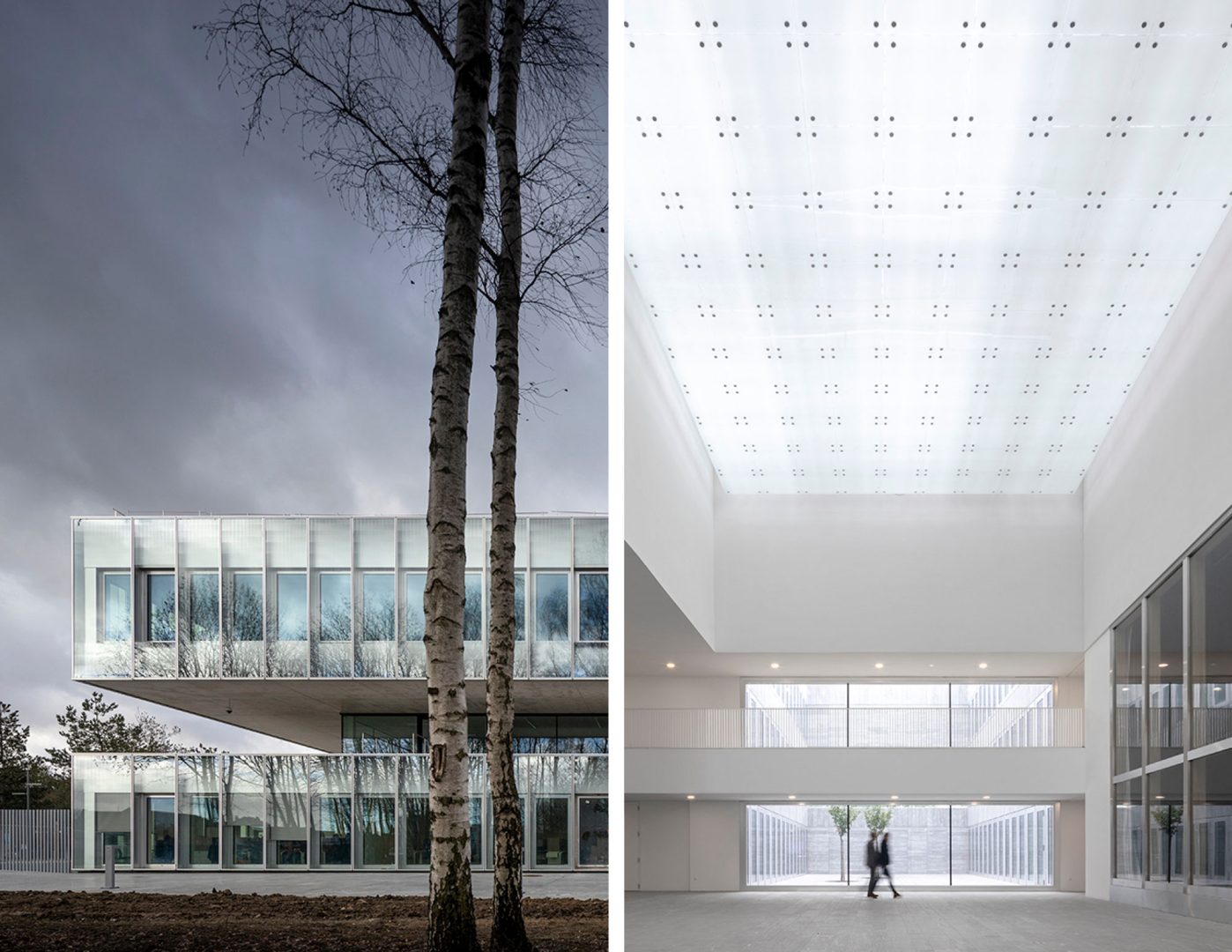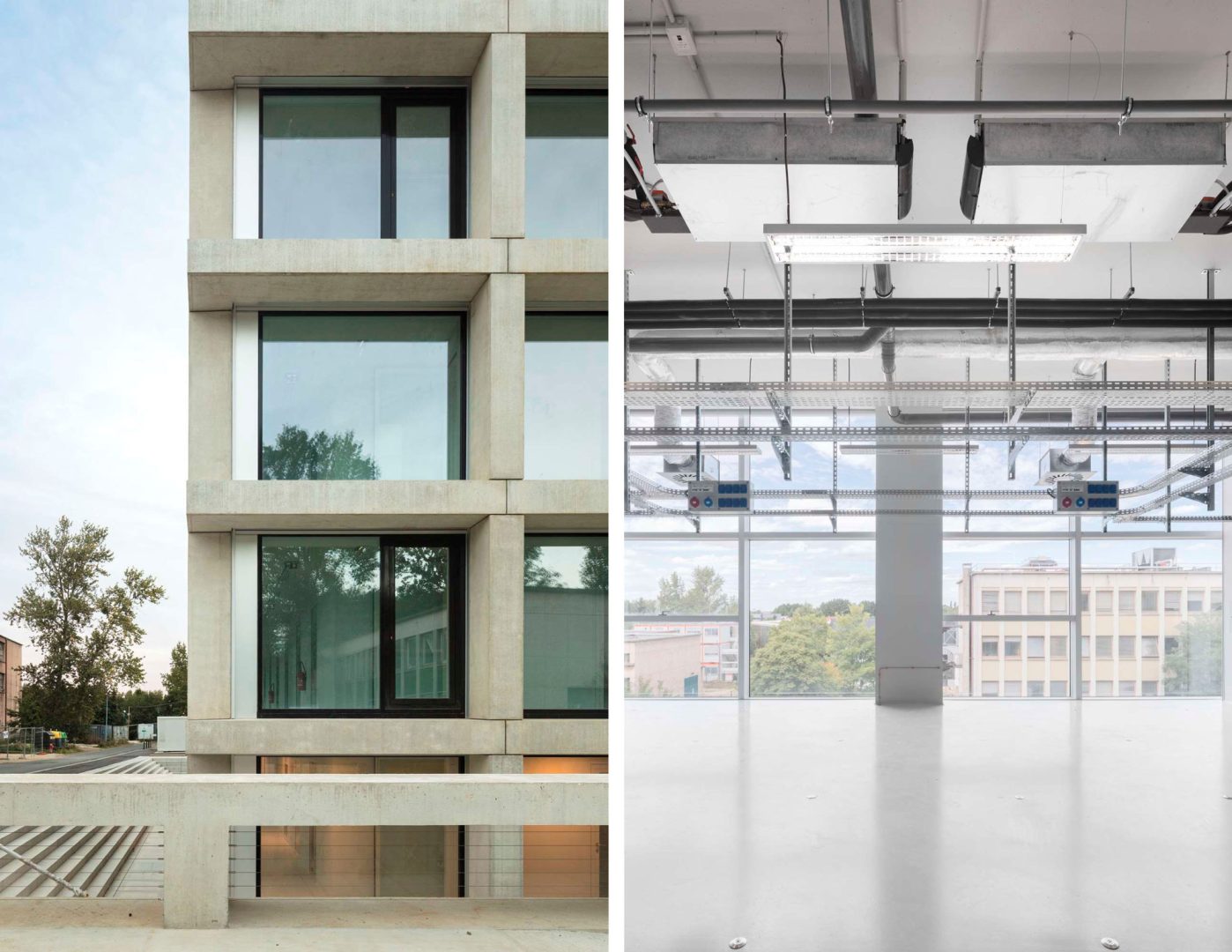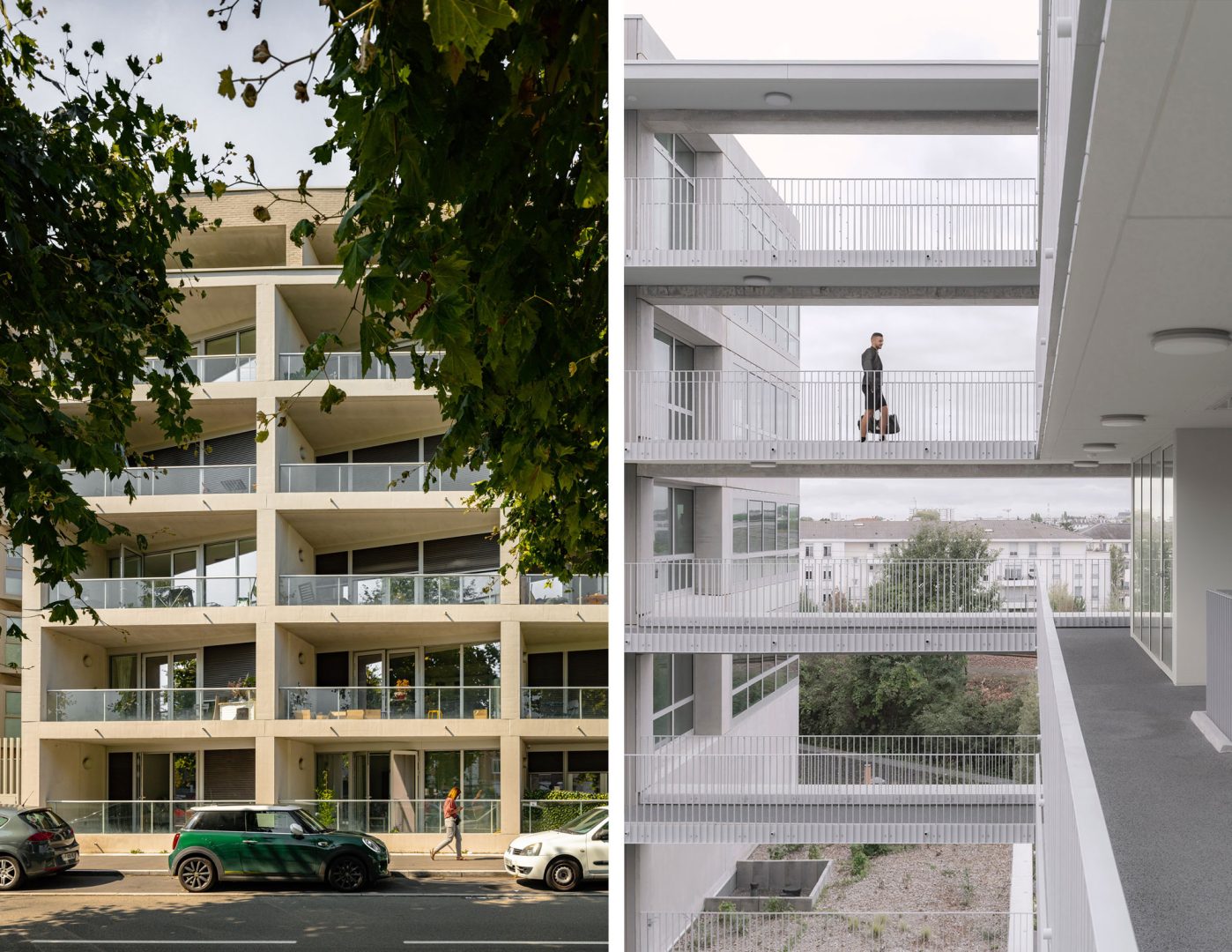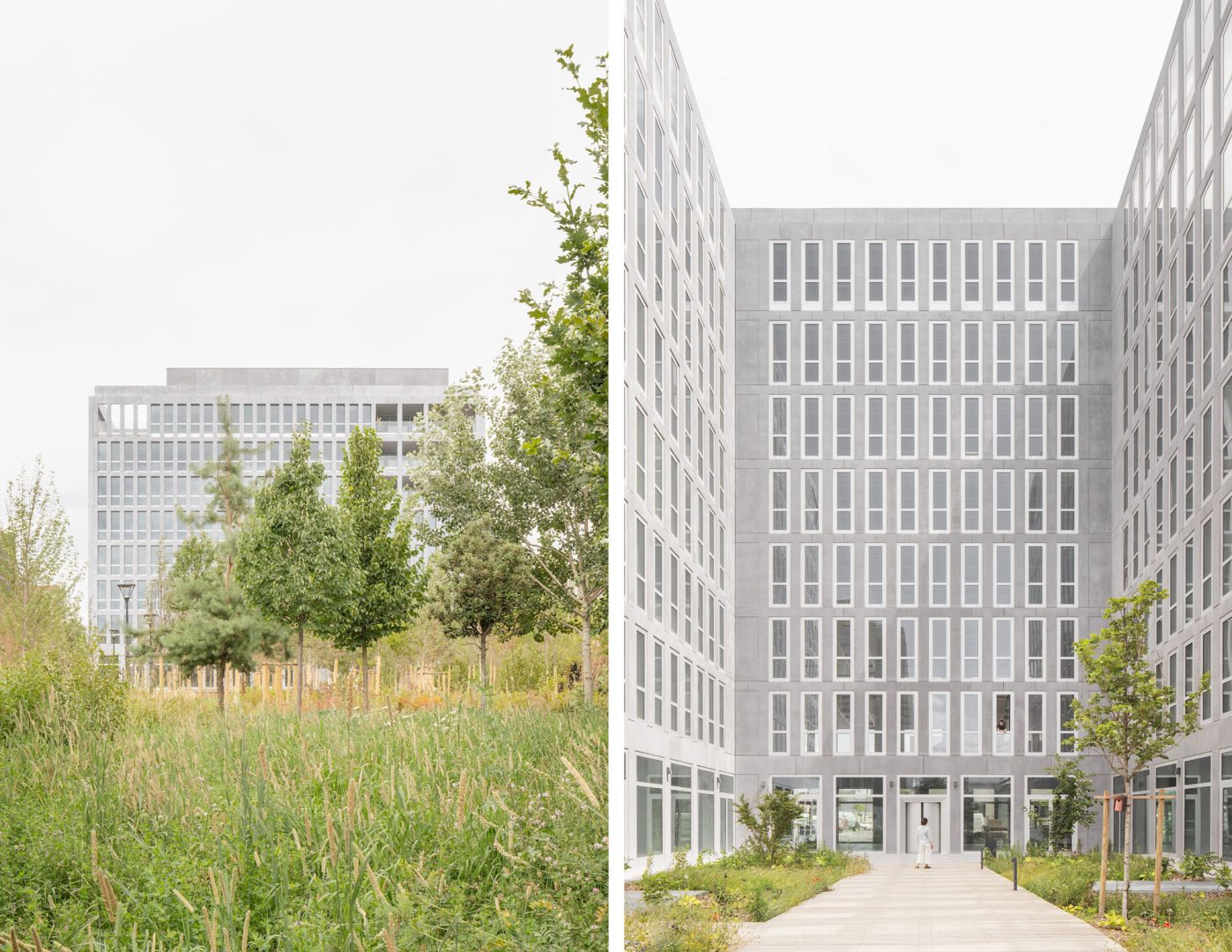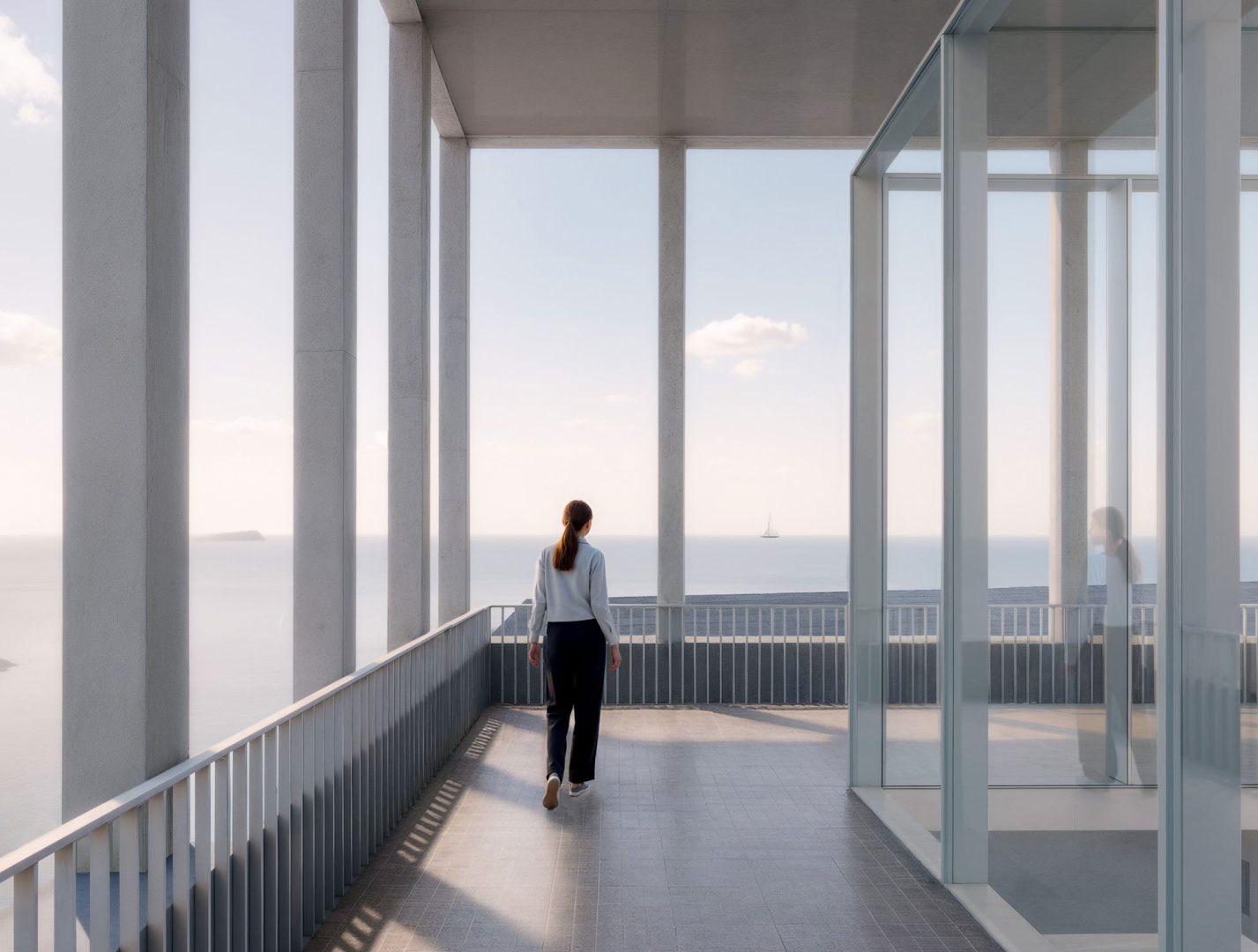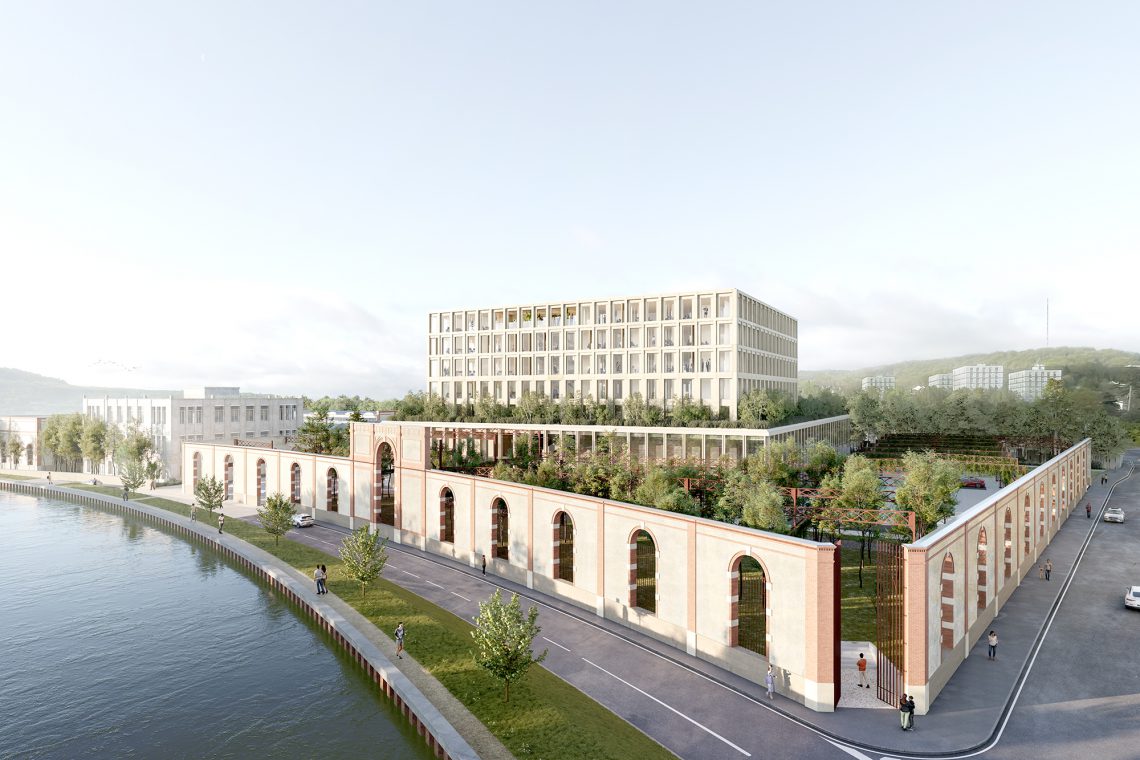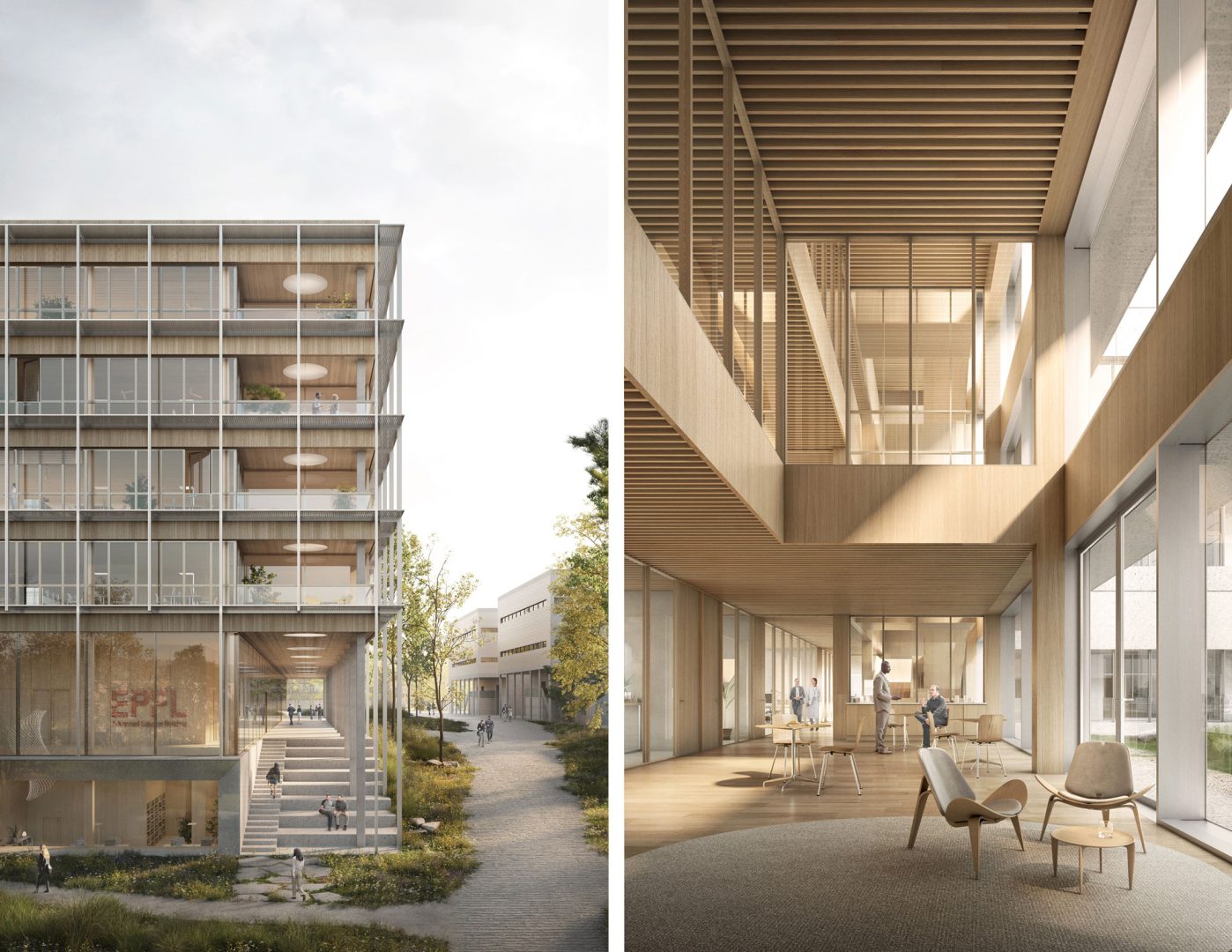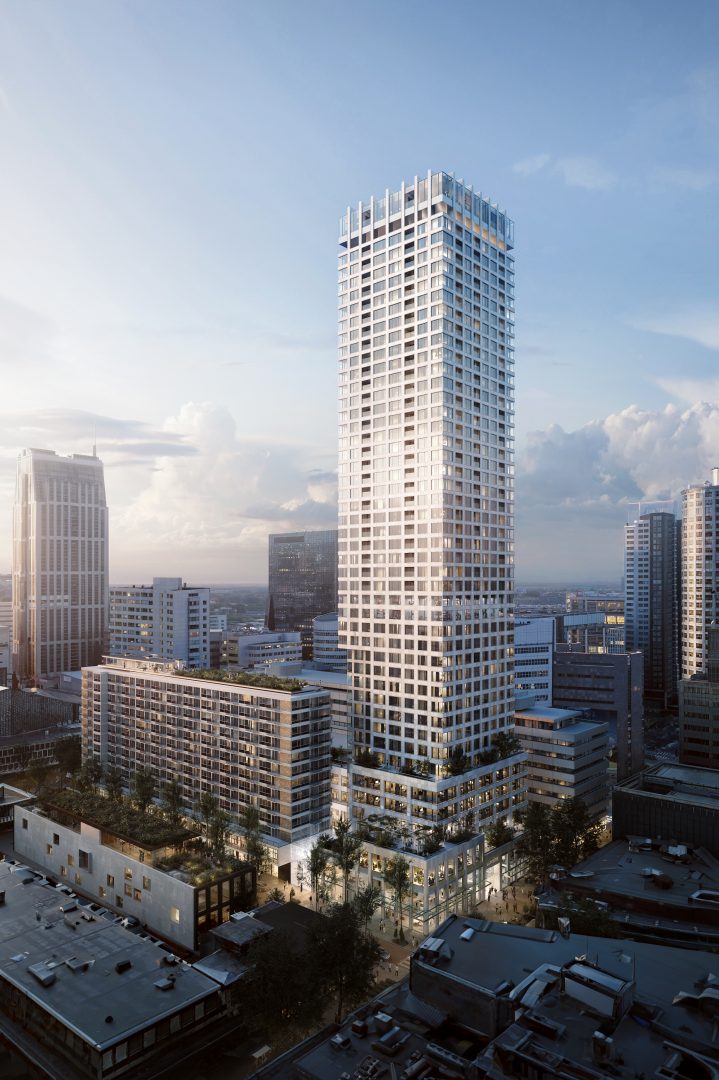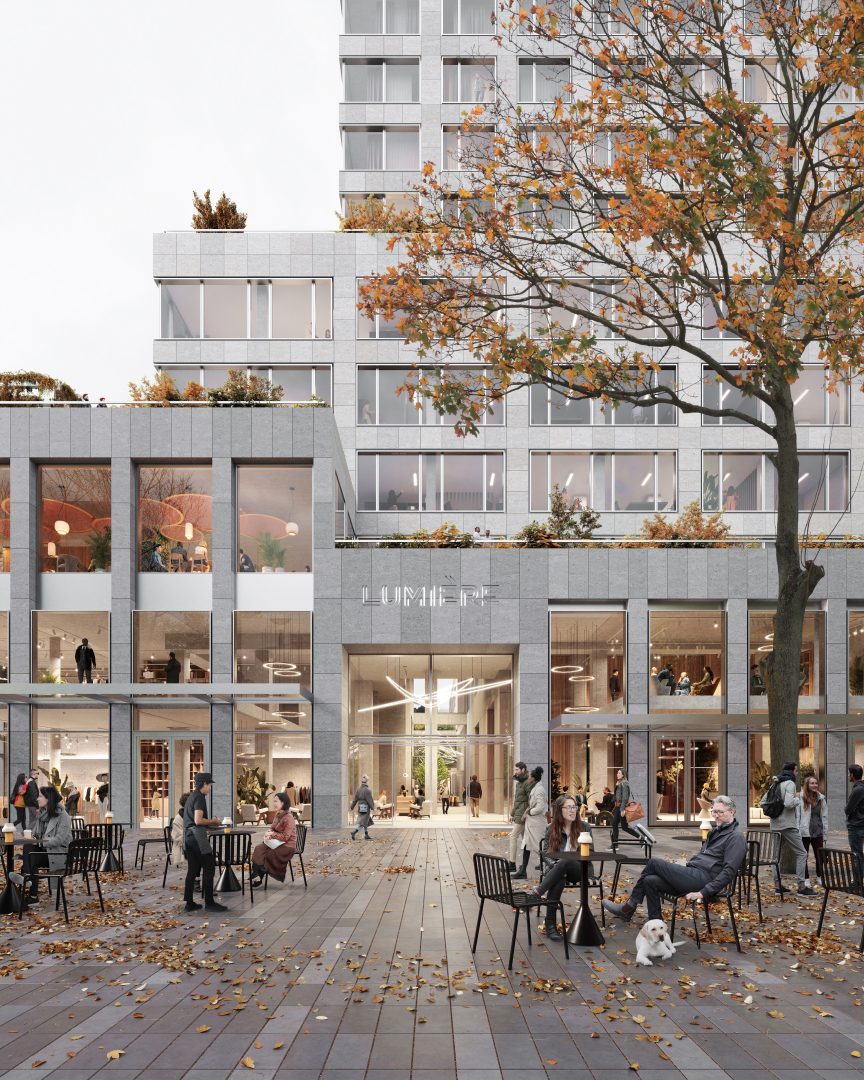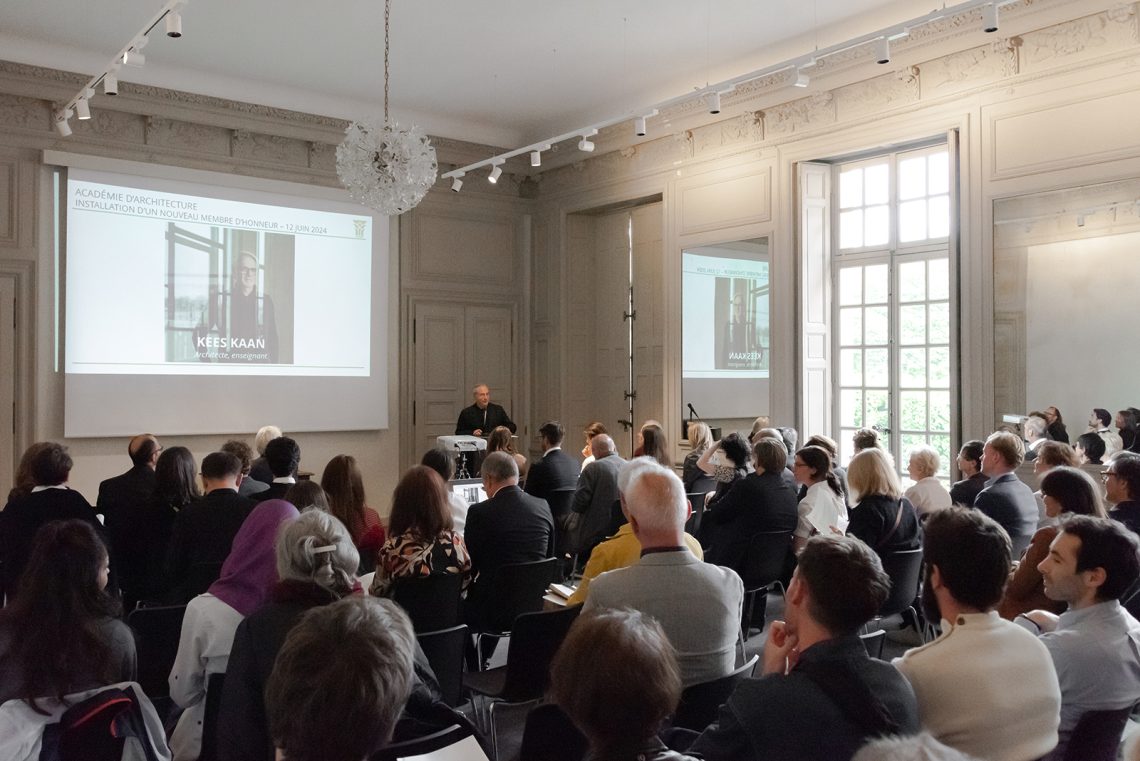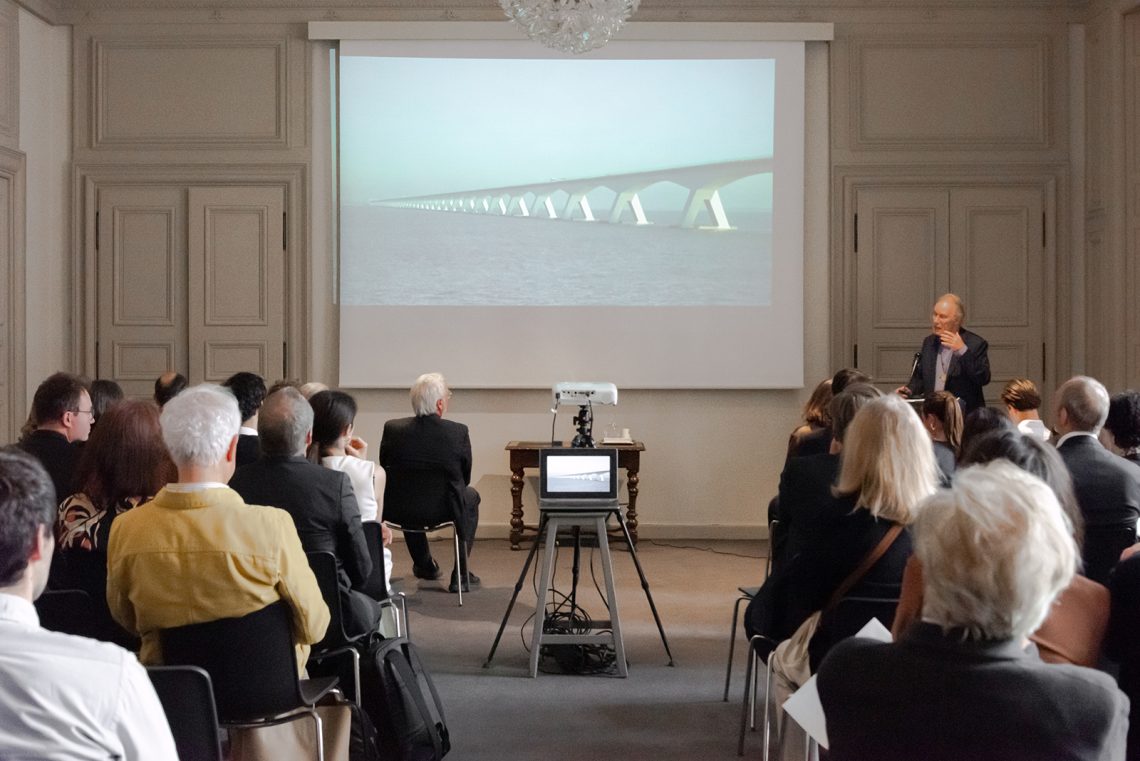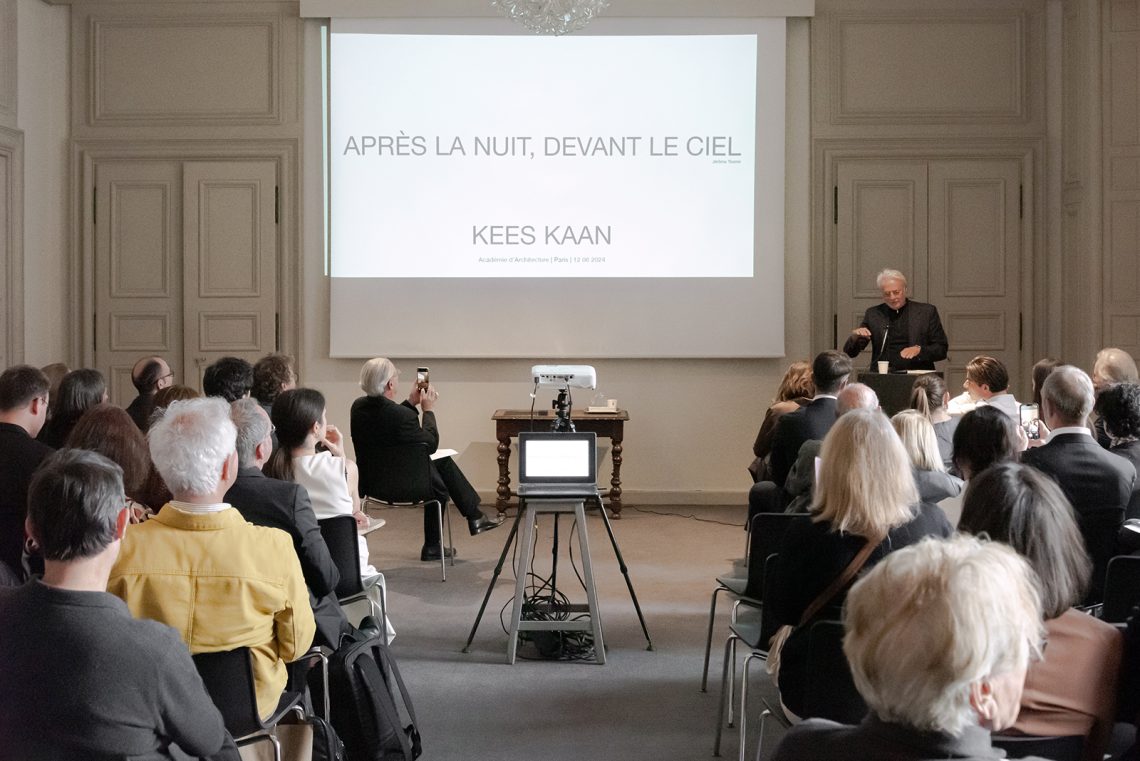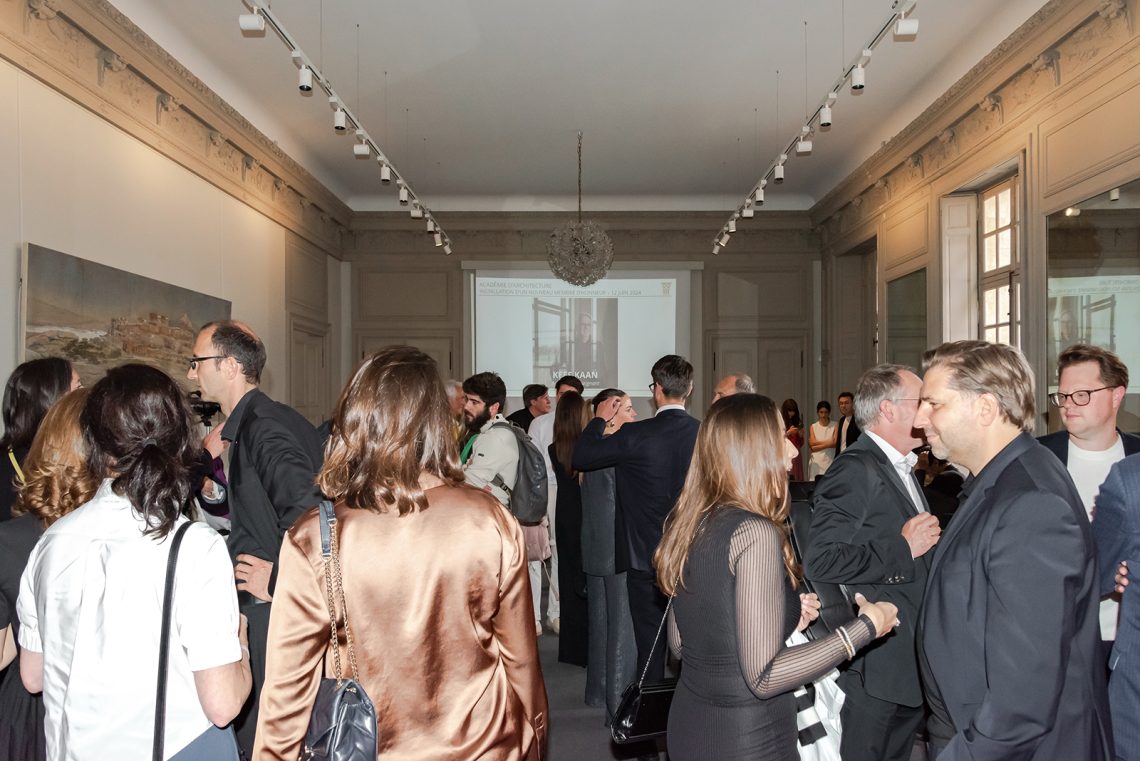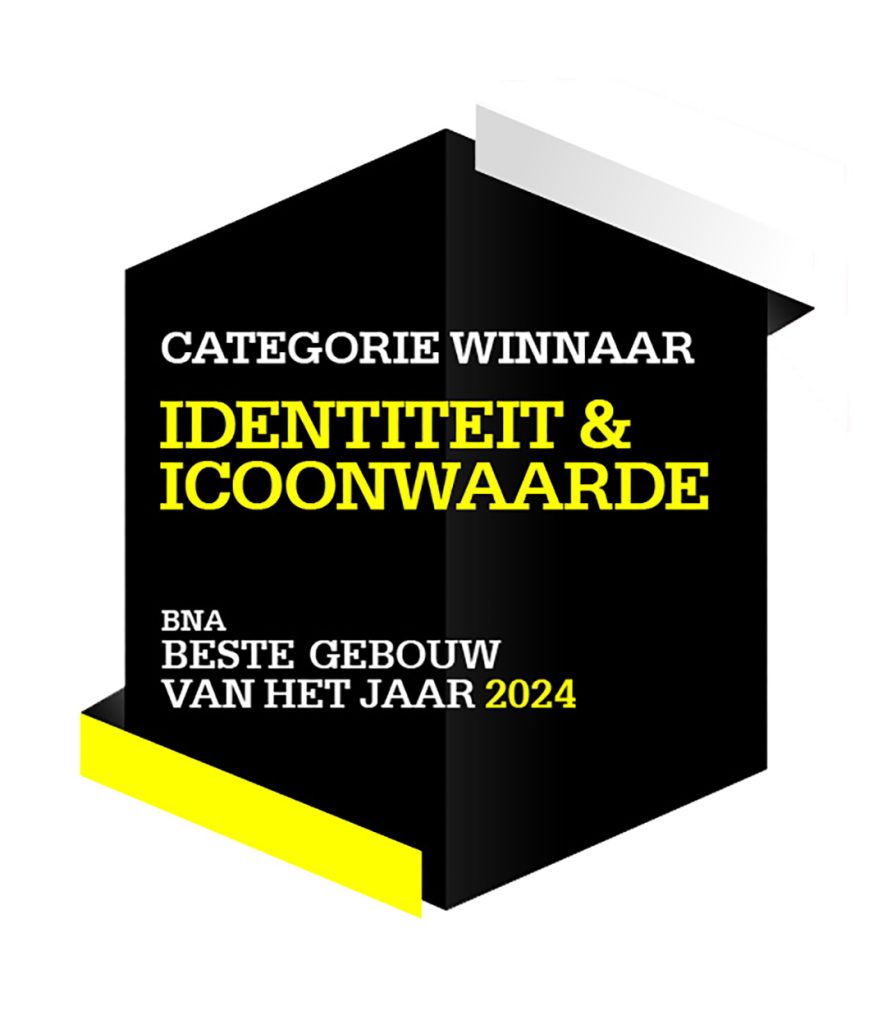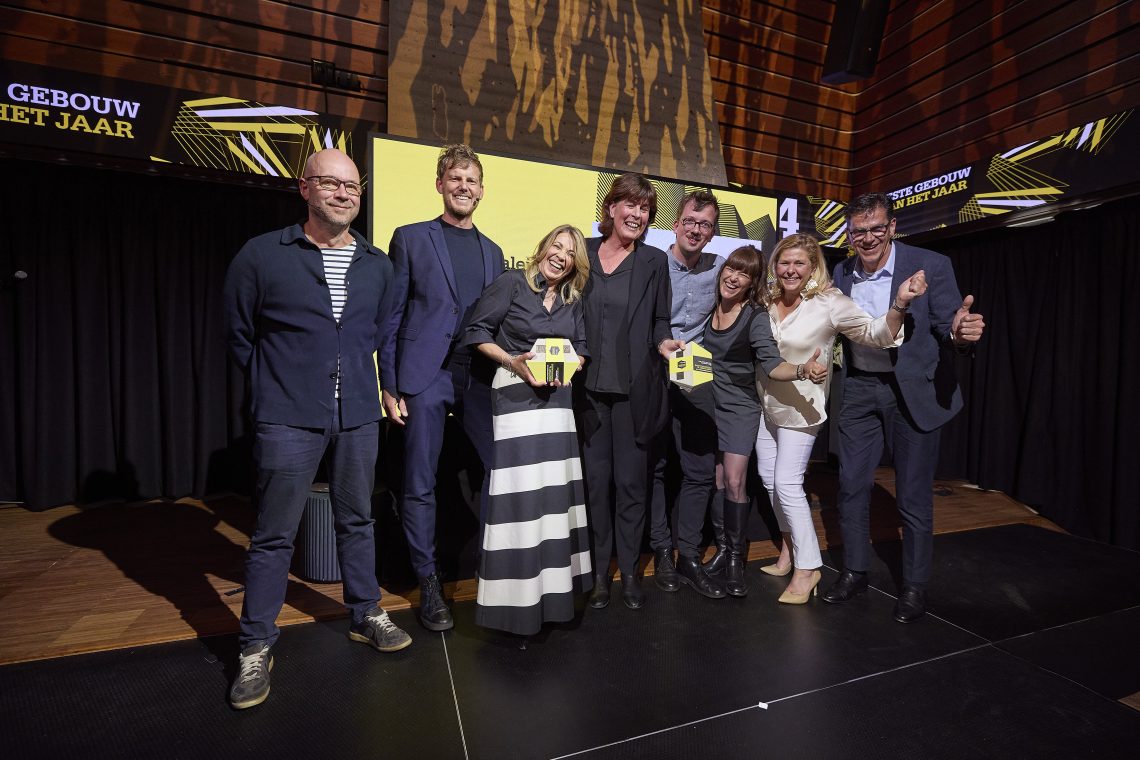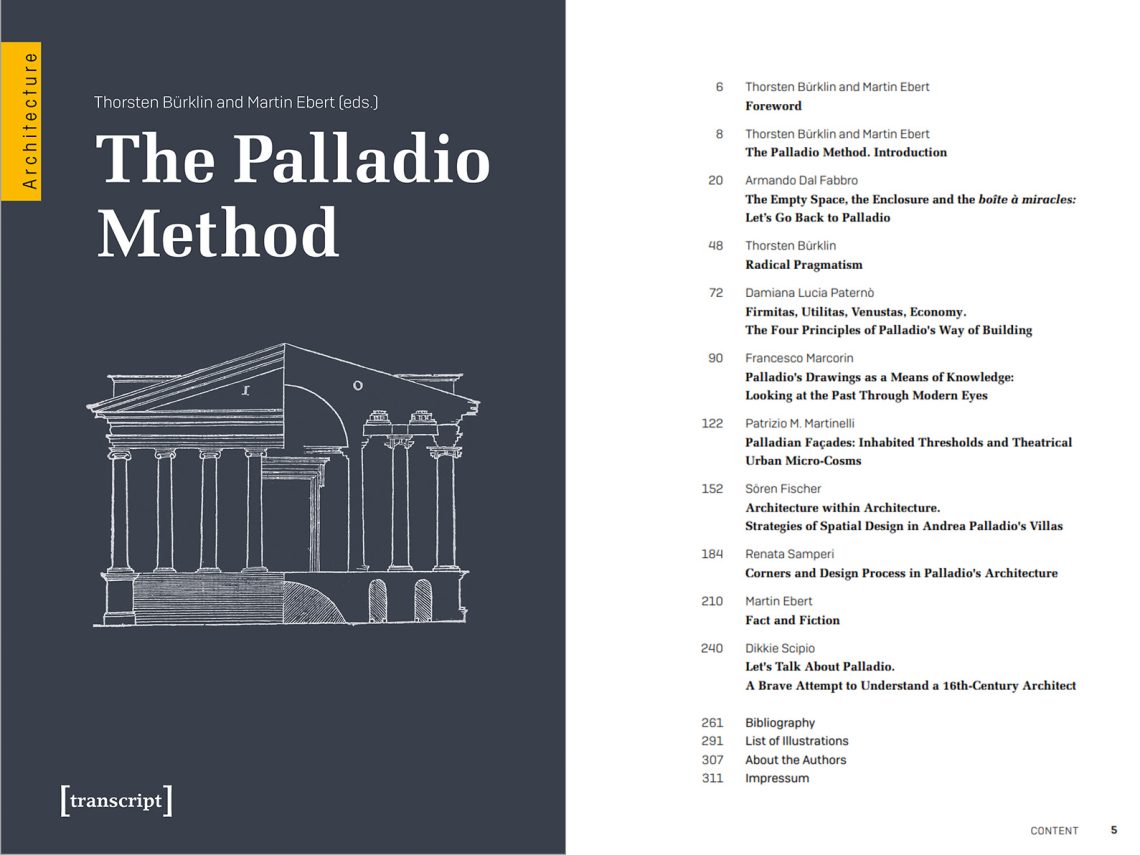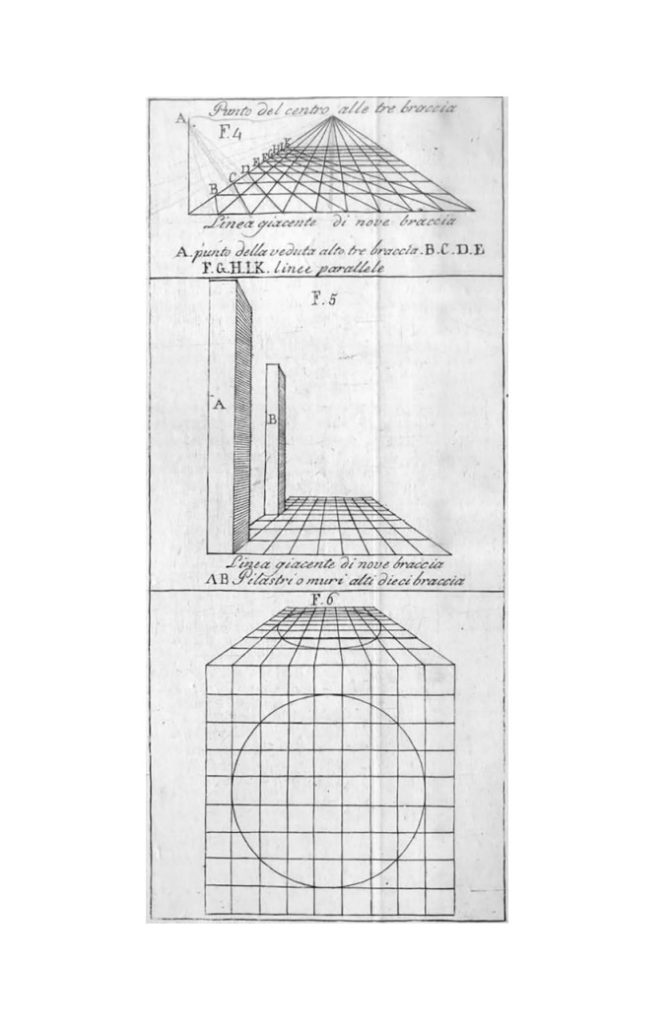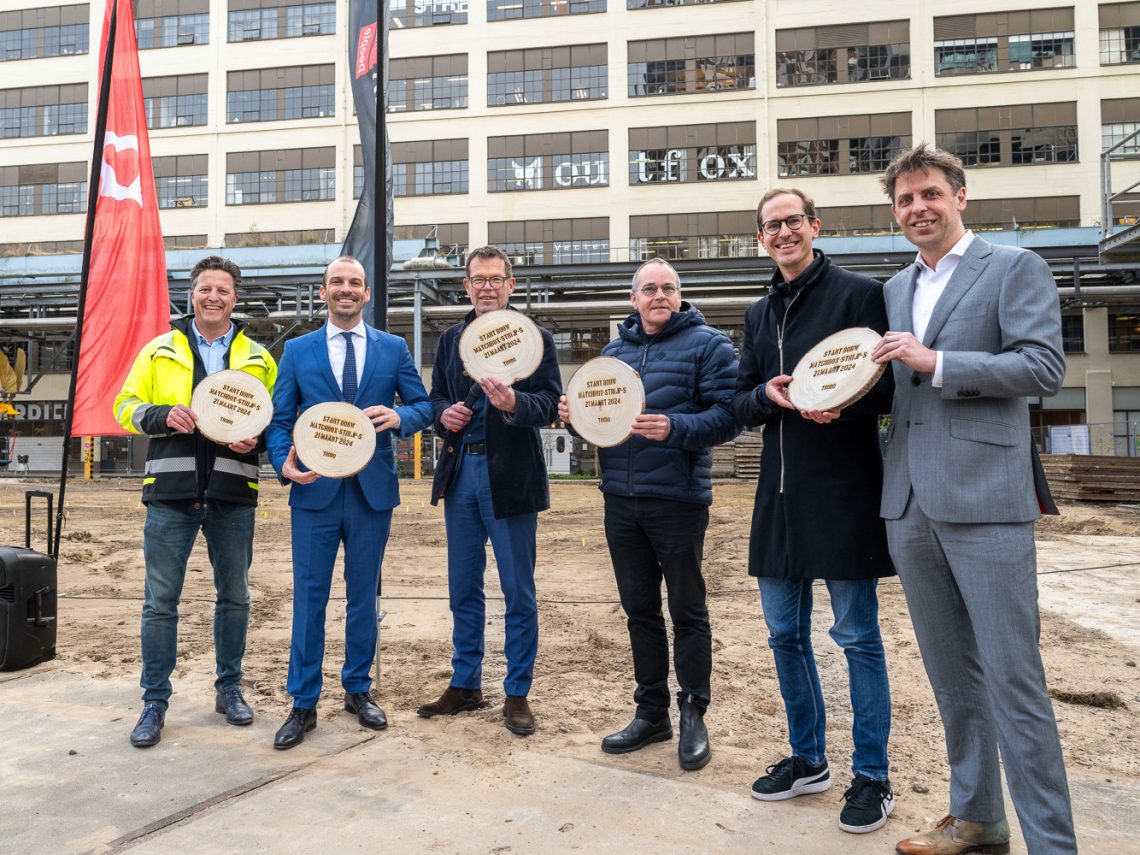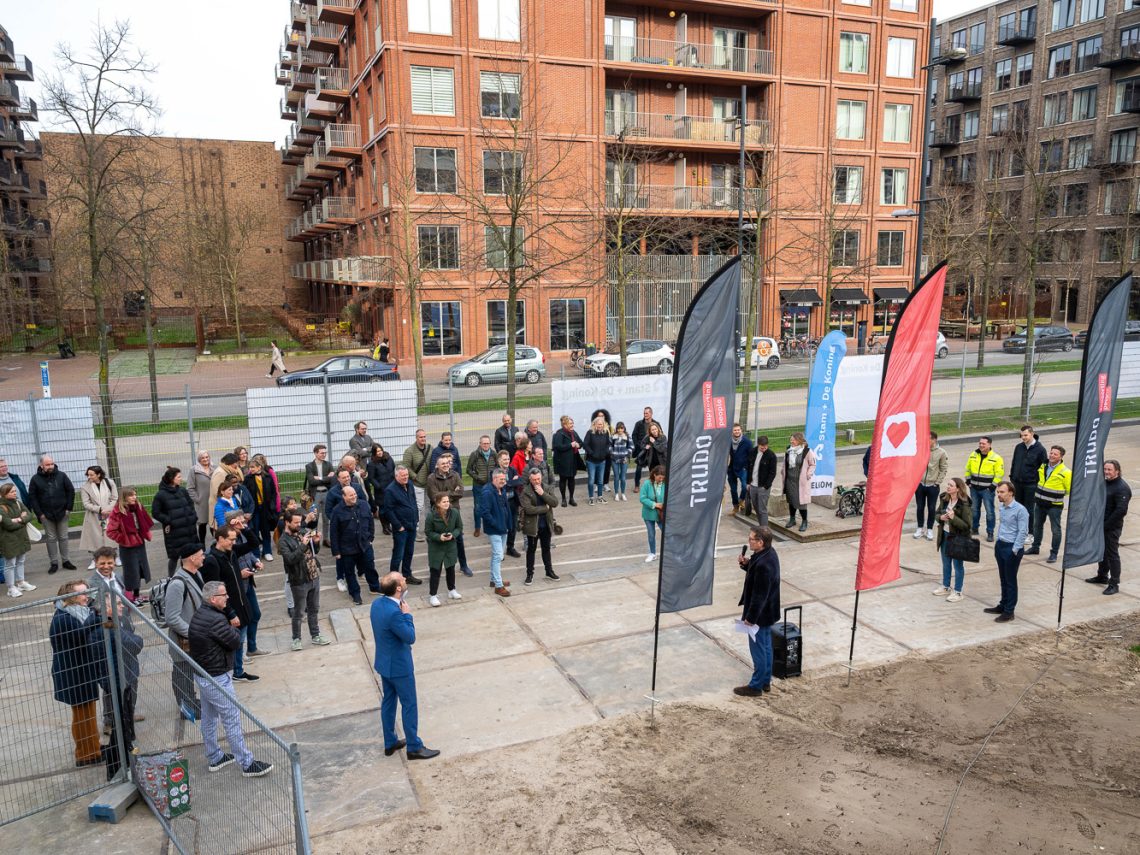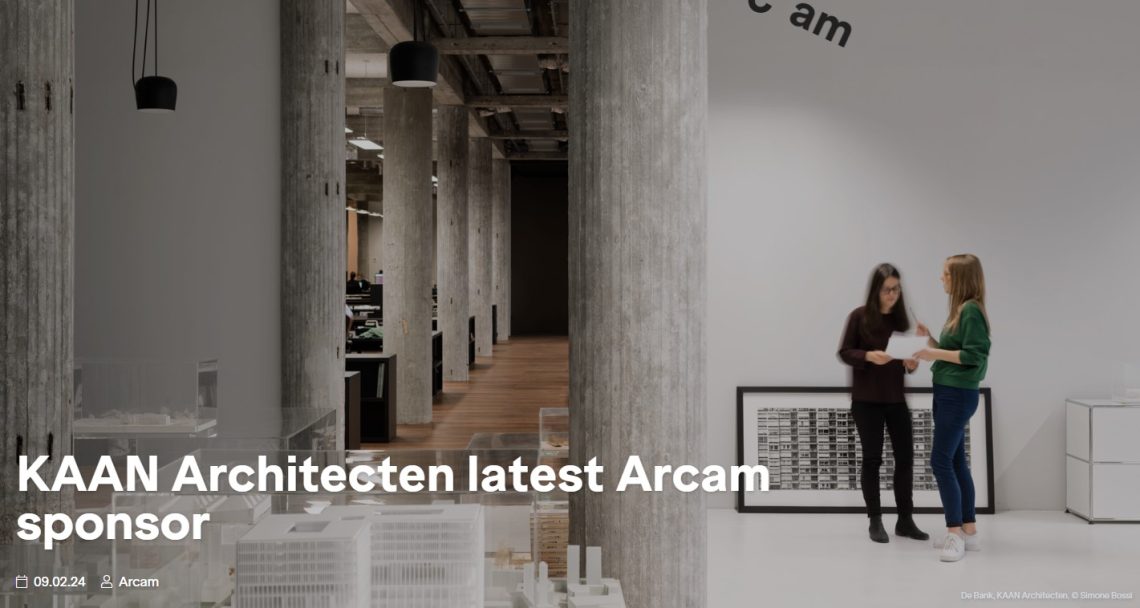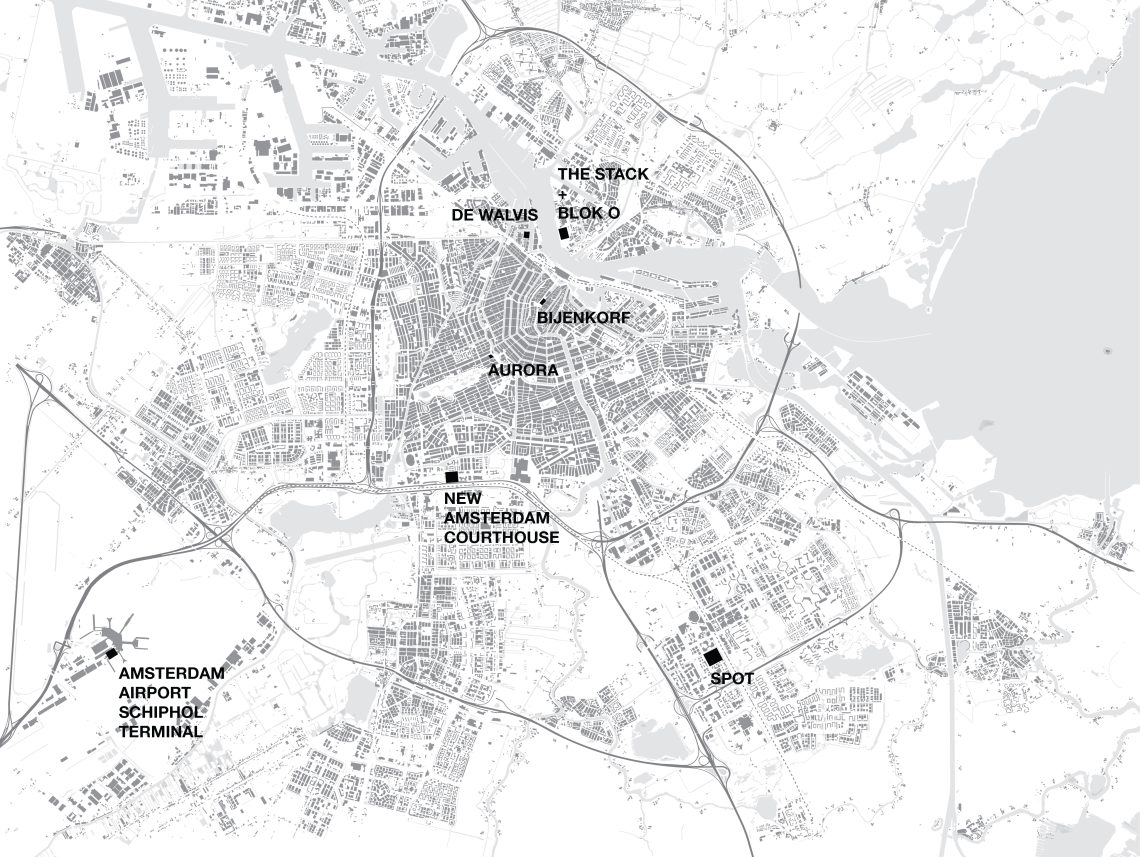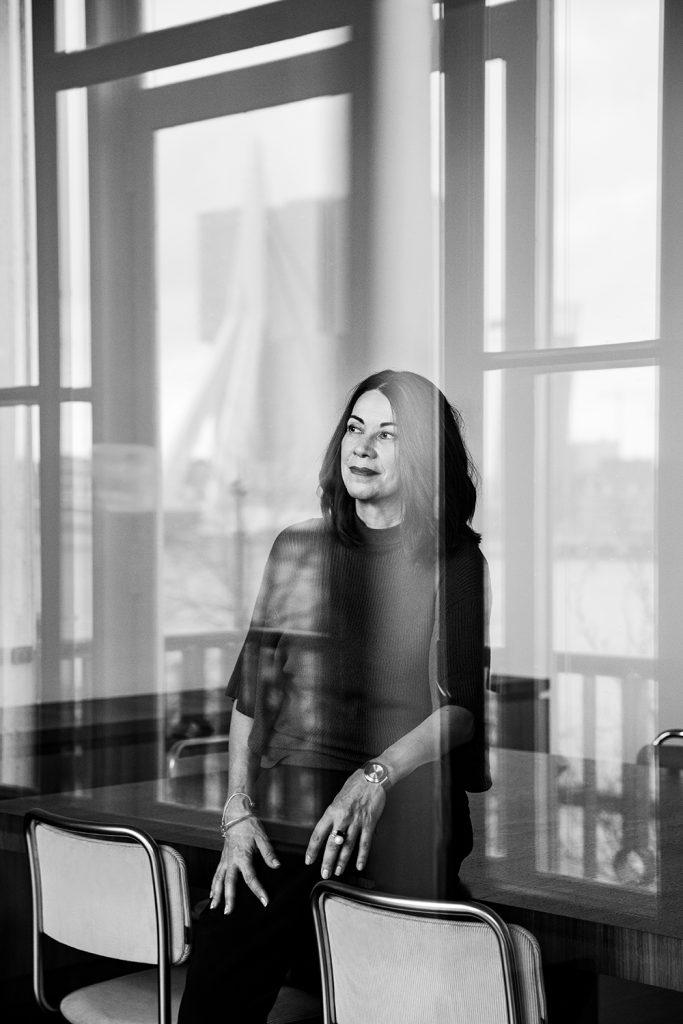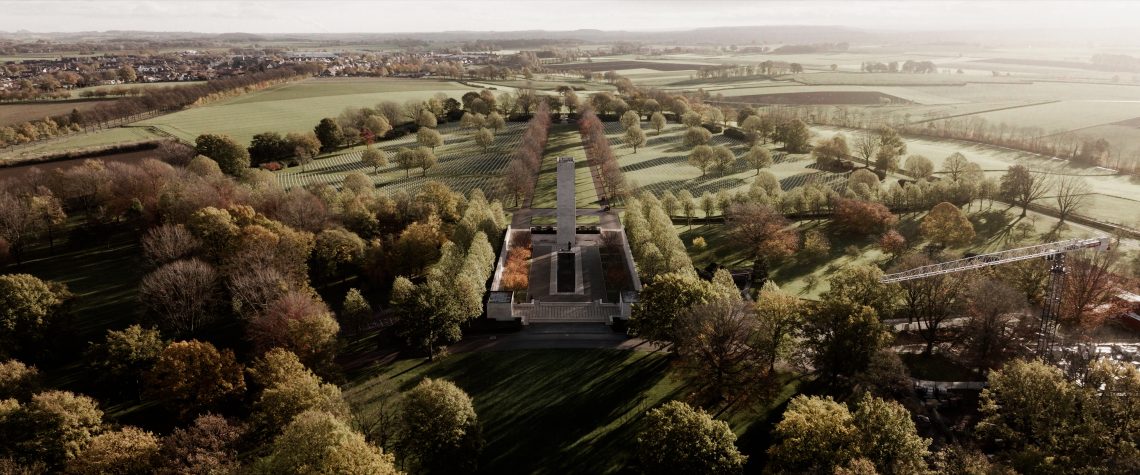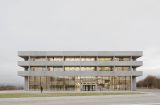02/12 2021
Sustainability is an exercise in citizenship – Making of KAAN
Following her participation at the COP26 in Glasgow, our managing director Renata Gilio talks to us about her active work as an urban planner and policymaker in Brazil, ideas for achieving resilient cities and misconceptions about sustainability. Read more in the latest 'Making of KAAN' edition below!
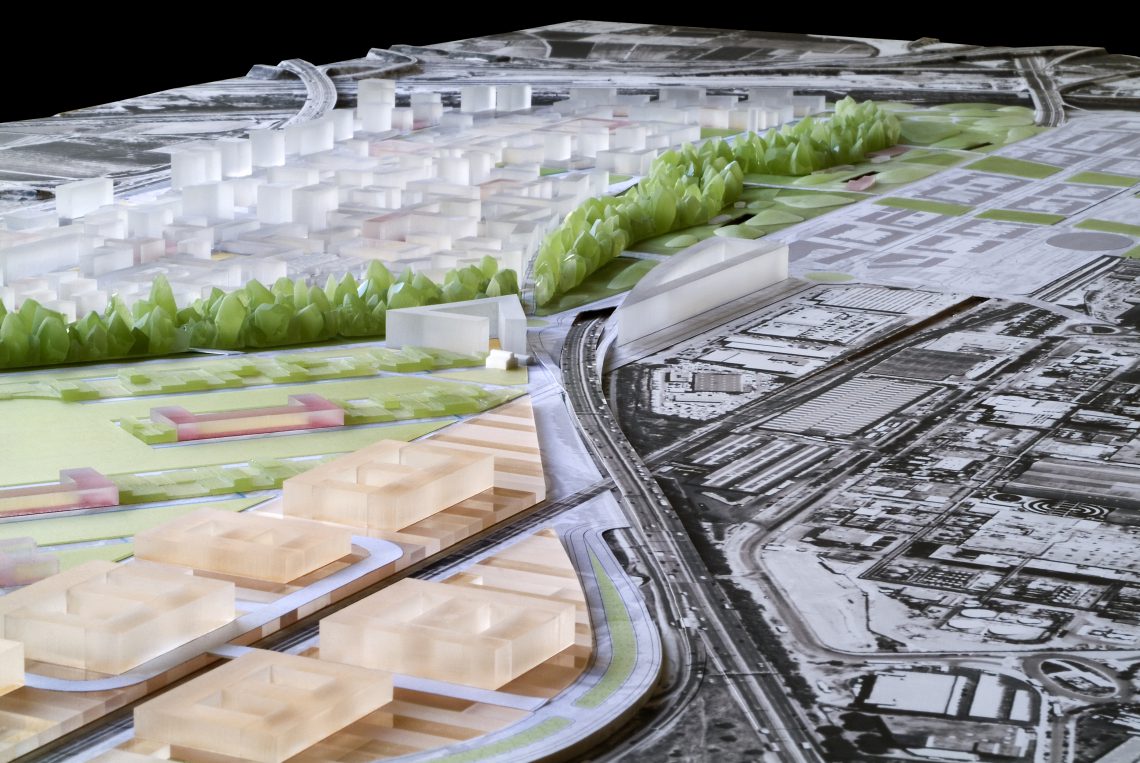
Many may not know about your involvement in the sustainability policymaking of São Paulo. Can you give us some background on how it all started?
Well, for the past eight years already, we have been working on large urban projects in Brazil to reshape regulations by promoting urban hub densification, restoring green pockets at water edges, and developing low impact mobility infrastructures.
Thanks to our work in planning and sustainability development of large urban scale projects, KAAN Architecten has been invited as a voting member of the Chamber for Climate Change in São Paulo. This has been a very fruitful collaboration. The direct exchange with companies from the private and public sectors keeps us connected to new technologies and market development.
How did you go about making realistic goals for climate improvement in SP?
At the Chamber, we believe that decarbonization is the victim of a horse race where lack of data damages the liability of the matter. When it comes to the worldwide rules, we are all behind, and today there are still no precise scales and methodologies common to different nations. So the first step was setting the basis for national regulations and measuring carbon emissions.
And has it taken off in the direction you intended it to?
Definitely! After three years of work, we finally created our own system of carbon credits in São Paulo state. The strategy of the Chamber encourages a collaborative approach via incentives. We took on the role to calculate CO2 emissions and created a compensation program for private companies in Brazil. Today more than 1.000 private companies are already part of the voluntary program, and we hope to develop new regulations for the private sector soon. At the COP26, the Chamber presented the results of this effort and the regulations in a joint publication. This is just the beginning, and I’m eager to see the evolution of the discussions in different countries, especially after the progress achieved on unifying regulations during the COP26.
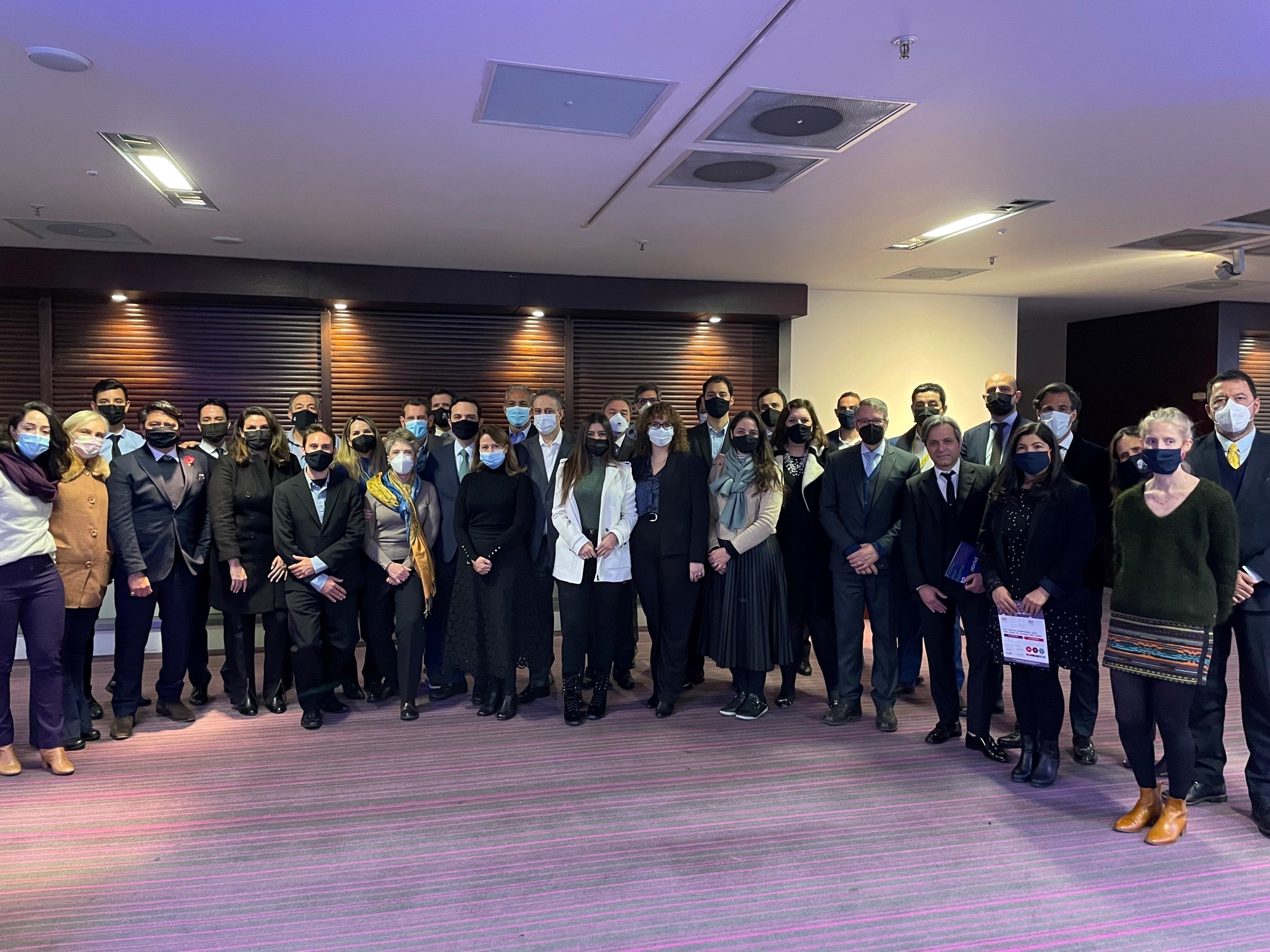
Chamber for Climate Change members at the COP26 in Glasgow
Based on that experience, how do you see the policies of São Paulo, and other cities for that matter, evolving?
Containing growth in urban expansion is key to sustainable and resilient development. It is possible to live within the limits of the ecosystem, meet the present and future needs, and ensure justice and equity for all through high quality, well thought urban projects. For me, that’s the most rewarding thing about working as an urban planner: making meaningful changes.
The main goal should always be to promote building resiliency when studying urban development based on affordability, compactness and connectivity. Not all urban innovations require high-end technology skills or equipment. And it’s always a good option to start a concept with a passive sustainability approach. In the end, sustainability is an exercise in citizenship, also for architects and urban planners.
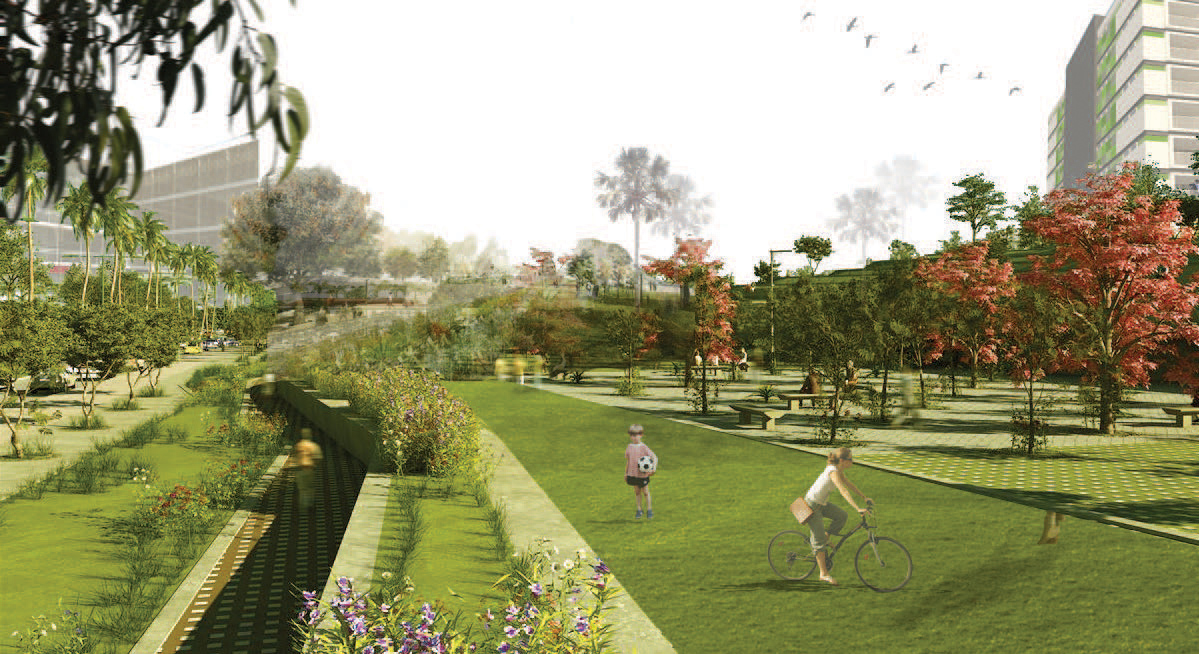
Project: Operação Urbana Consorciada SBC
How does the work of KAAN Architecten tie in with this?
When we look into general KAAN methodology, it’s based on process, understanding the questions, and creating the best possible answer/design. That’s also our approach to sustainability. Sometimes the focus is clearly on community building and social development, sometimes in low maintenance and representation, other times in overall carbon footprint. But the common denominator is a profound respect for the site and its specificities.
Some examples of this work are the urban operation projects for Sao Bernardo do Campo, Sao Jose dos Campos and Contagem. ‘Urban operation’ is a focused review of urban legislations for an area developed under the government’s coordination and involving the private sector, residents and users of the site. In these projects, the goal is to densify the consolidated areas within a given perimeter, shape and regulate real estate interventions in target places seeking to produce an urban space with structural transformations, social improvements and environmental enhancement.

Operação Urbana Consorciada São José
This is rarely the kind of work most people have in mind when you mention sustainability…
Yes, people usually forget that sustainability is much more than the visible environmental aspects of a project. Intangible, economic and social matters are just as important and, as architects, it is our moral obligation to discuss and work on those matters too. I’m not a very big fan of the term “greenwashing”, but that’s exactly what happens when we simply discuss matters like the materiality of a building, for example, without considering its carbon chain, logistics, the boost for the local economy, durability and maintenance efforts for those design choices.
There is one undeniable truth when we speak about sustainability, though – the most sustainable building is the one you don’t build. The same is true for urban planning: the best way to promote the decarbonization of modern cities is to understand their infrastructure and densify strategic neighbourhoods rich in mobility nodes and public equipment. It sounds like something quite intuitive and straightforward but it’s remarkably difficult to achieve.
————–
Renata Gilio is the Managing Director of KAAN Architecten with extensive experience in urban planning projects across Brazil and Latin American territory. She is an active member of the Sao Paulo Chamber for Climate Change and Sustainable Cities Club.
Interview by Valentina Bencic. The original text was edited for clarity and brevity.
Cover image: El Prat de Llobregat project (2008)
